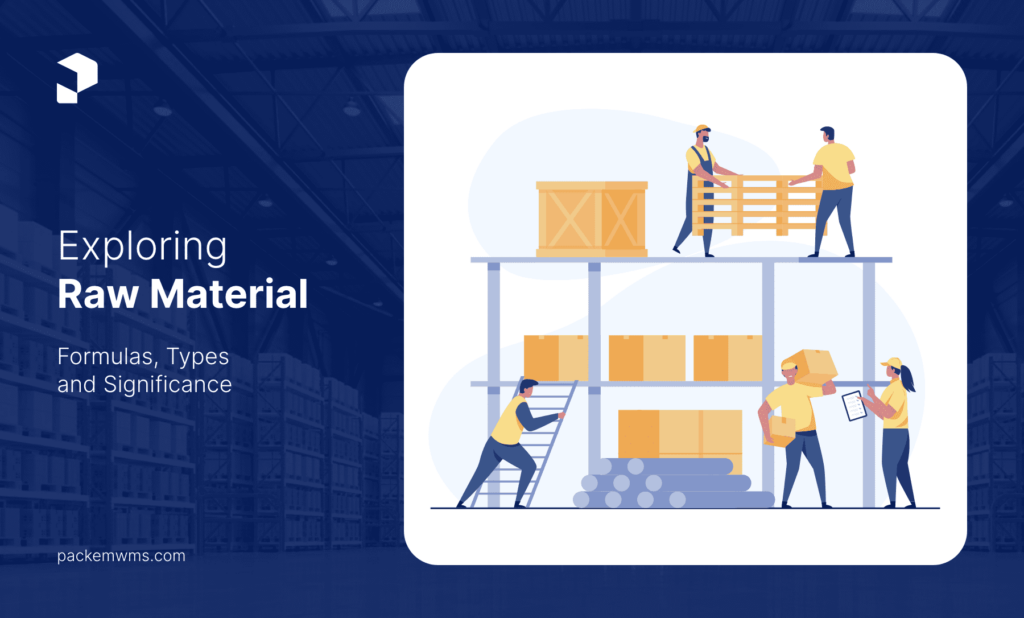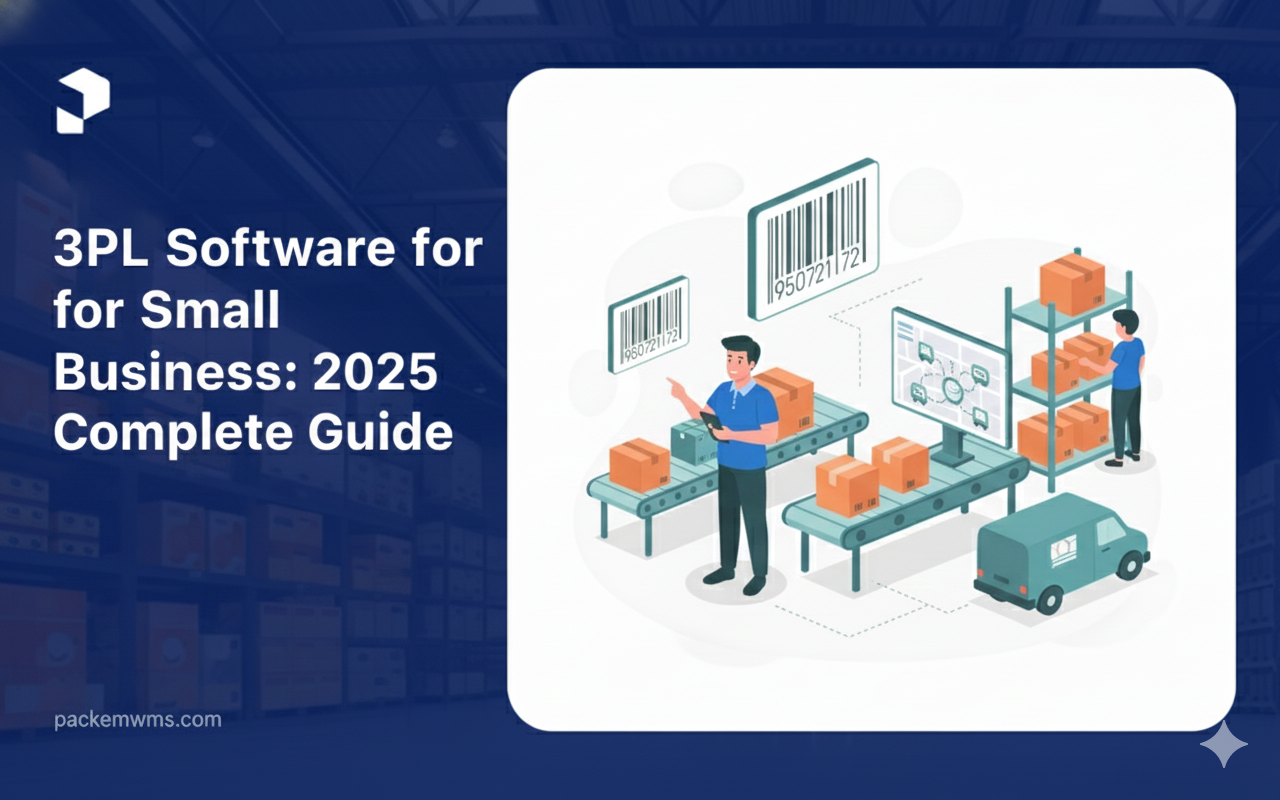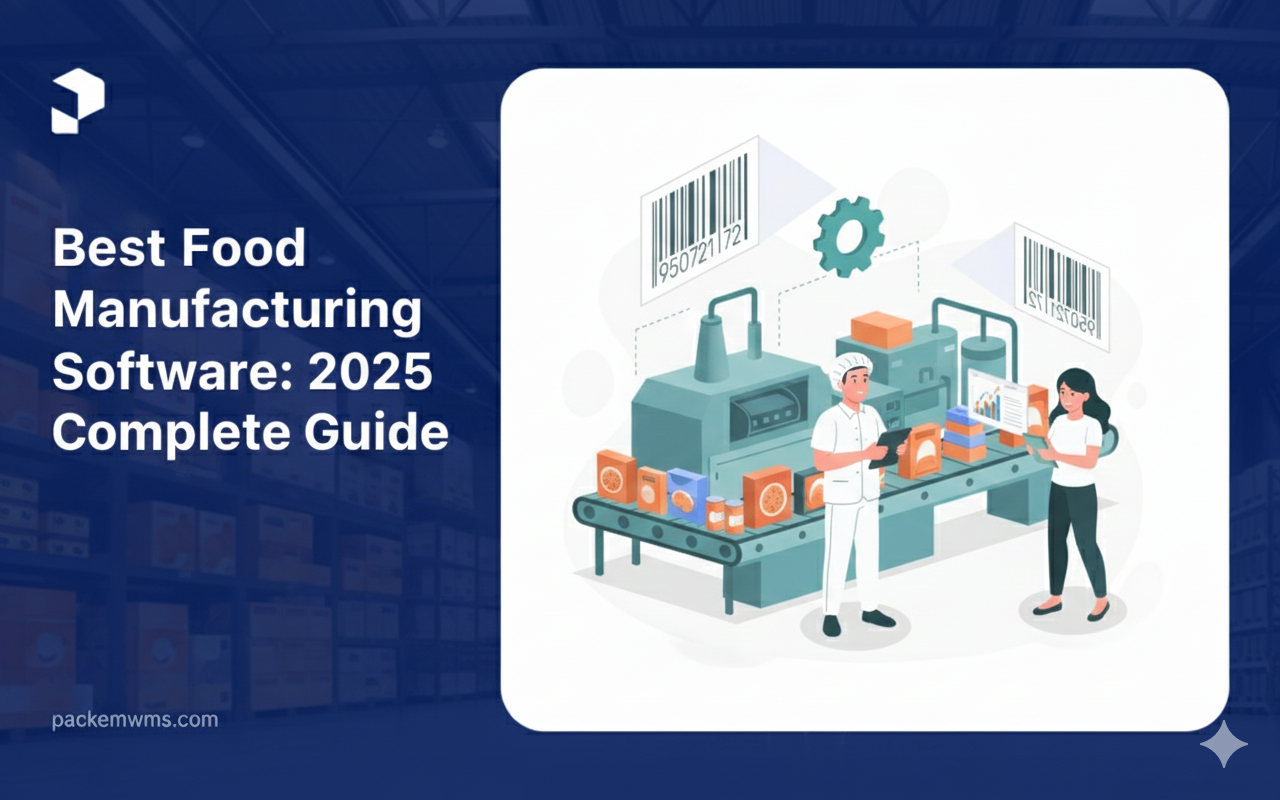Understanding Raw Material Significance
Every piece of goods starts as raw materials. Firms must keep enough on hand to make what they sell, yet not so much it eats up space and cash. Think about a bag maker: leather, dyes, and buckles all get tracked from warehouse to workshop.
Keeping the right balance is key; too little can halt production cold while excess drives costs high. Good inventory management stops such issues—no wasted storage or rush fees for scarce supplies—and keeps customers happy with fast service. It shapes strong ties with suppliers too, helping you buy smart at better rates.
Accounting tracks every material bit by bit for savvy planning and spending in your business operations.
Types of Essential Raw Materials
For raw materials, two types stand out: direct and indirect. Direct ones go straight into making things like tables from wood. Indirect materials, on the other hand, play a part in creating final goods but aren’t parts of them; think rare earths for wind turbine magnets.
These essentials are traded globally and supply can’t always meet demand spikes promptly – take lithium carbonate used in electric car batteries as an example with its huge price jump due to demand outrunning scarce supply.
Firms face this by getting resources from more places and keeping extras in case stocks run low or prices swing wildly. Recycling turns old products back into useful stuff again – it cuts down mining, saves money, and handles waste better too; good all around really!
Plus metals like copper help get electricity where we need it without losing too much energy along the way. Materials matter big time for clean power goals which keep our air cleaner by cutting greenhouse gas emissions that heat up our planet more than we want – fighting temperature rises that threaten us if they spiral out of control.
Formulas for Calculating Needs
Calculating material needs starts with demand. For each item, multiply sales forecasts by the amount of raw material per unit. This gives you base usage numbers.
Next, add safety stock—extra materials to cover sudden jumps in demand or supply delays. Typically, this is a percentage of your forecasted use that varies based on how predictable your market and suppliers are. Then think lead time—the gap between ordering and receiving goods—and adjust inventory levels accordingly so production never stalls waiting for supplies.
Remember seasonal shifts; during peak times you’ll need more on hand than off-peak periods when sales slow down. Finally, review these figures regularly as markets can shift fast!
Managing Inventory Efficiently
Efficient inventory control keeps costs low and meets demand. It avoids overstocking, akin to a supermarket’s approach with perishable goods; too much safety stock leads to waste or high carrying expenses—not trivial concerns. With an eye on raw materials’ value and what customers need, businesses prevent bloating manufacturing budgets.
In accounting for these essentials, perpetual systems track real-time quantities and values—an asset well-guarded through regular checks against records—warding off loss in finances due to errors. Methods like FIFO keep the flow of resources aligned with production needs without hitches. So managing those fundamentals?
Paramount for economic supply chain workflow.
Experience the simplest inventory management software.
Are you ready to transform how your business does inventory?
Significance in Production Cycles
In every production cycle, picking the right materials is key. These choices touch the quality and cost of what we make. Materials must tick boxes for standards; enough should be on hand to keep making without pause.
In steps like casting or welding, skill ensures parts are top-notch from start to finish. Then comes putting each piece together—this takes precision too—and checking it all works with tests that find flaws before items go out. A Quality Management System aids this by keeping high standards in check over time.
Wrapping up goods safely and sending them off so they arrive just right for those who buy them.
Choosing Warehouse Management Software
When choosing warehouse management software, or WMS, one must look for a system that boosts efficiency. A quality WMS sorts and stores goods with ease. It tracks every item from entry to exit – no need for manual counts.
This cuts mistakes and saves time. A good WMS fits nicely with other company systems too. Such integration speeds up order handling which keeps customers happy; they get what they need on time – key to earning their repeat business.
Also crucial is space use in warehouses; it’s costly ground! Top-tier WMS helps you make the most of each square foot, much like finding the perfect layout in city living.
Sustainable Sourcing Practices
Sustainable sourcing, a practice that intertwines with the core of procurement, calls for buying from suppliers championing eco-friendly and ethical operations. It ensures companies reward those committed to being good environmental stewards. Adopted widely in the ’90s under corporate social responsibility (CSR), this approach has broadened over time.
What sets sustainable practices apart aren’t just green initiatives but also fair wages and safe work conditions—keys to social sustainability. Economic factors weigh heavy too; businesses must balance moral choices with strong returns on investments—to thrive without sacrificing standards. This concept grows in importance as customers now hold values high; nearly 84% cite sustainability as vital when they buy, per EY research.
Nielsen adds: that two-thirds pay more if products come from socially responsible brands. Beyond bolstering brand image and customer loyalty, it expands market reach. It also strengthens supply chain oversight, significantly reducing risks.
By choosing conscientious partners, a business influences their methods. This sparks change beyond its walls, enhancing community ties and supporting local economies—an excellent strategy for long-term growth.
Exploring raw materials sheds light on their role in everything we use. From the basic formulas mapping out their combinations to diverse types found across industries, these elements are fundamental. They form building blocks for products and drive innovation forward.
A deeper understanding of raw materials reveals not just what they are but why they matter – giving insight into sustainability practices, cost efficiency, and quality control that impact our world daily. PackemWMS recognizes this significance by ensuring efficient tracking from source to final product within various sectors.
FAQ's
They form the basics of manufacture since the raw materials are the basic elements of the finished production. The understanding of their importance lies in the understanding of the impacts on production cost, quality control, and sustainable practices. Raw materials management thus become a key strategy to ensure smooth running of production cycles, reduce cost, and adhere to environmental standards.
Raw materials: raw materials are normally classified under two major heads: direct and indirect. Direct raw material refers to the material actually involved in the composition of the final products, just like wood for furniture or steel for machinery. Conversely, there exist indirect raw materials that contribute to the manufacturing process but remain in the element being manufactured; for example, lubricants or cleaning agents. Grasping the above concepts makes it easy for one to implement strategic sourcing and manage inventory.
The estimate of material requirement, therefore, involves forecast demand with inclusion for the safety stock that is never steady and may occur due to unexpected fluctuation in demand, lead times for the procurement process, and inventory adjustments according to seasonal variations. These are formulas that guide businesses to ensure that there is an appropriate stock of raw materials without being in excess or causing understocking that may result in the non-achievement of production requirements.
Effective inventory management core factor of controlling costs, matching customers’ demands, and smooth operations in production, translates to less overstocking with its attendant evils of wastages and unnecessary carrying expenses, while on the other hand, translating to less stockouts that tend to disrupt production schedules. Also, robust inventory control systems and practices are in place to optimize the utilization of resources and enhance overall supply chain efficiency.
Sustainable sourcing practices focus on the activity of procurement and how it will be carried out, ensuring both environmental friendliness and ethical responsibility. Sustainable supplier selection would then mean that the business will involve itself in environmental conservation and, at the same time, ensure adherence to standards of social and ethical importance. This approach is in direct line with customer preference toward green products and leverages relationship opportunities with suppliers, all directed at the long- term benefits for both partners without deviating from the risks related to the supply chain.



